#deserts
Photo

~ Desert Tones ~
89 notes
·
View notes
Text

Jono Melamed
#landscape#landscape photography#nature#nature photography#dark nature#night photography#cactus#deserts#dark aesthetic#film photography#black and white photography#southwest gothic#regional gothic#american gothic#lensblr#gothic americana#curators on tumblr
21 notes
·
View notes
Text
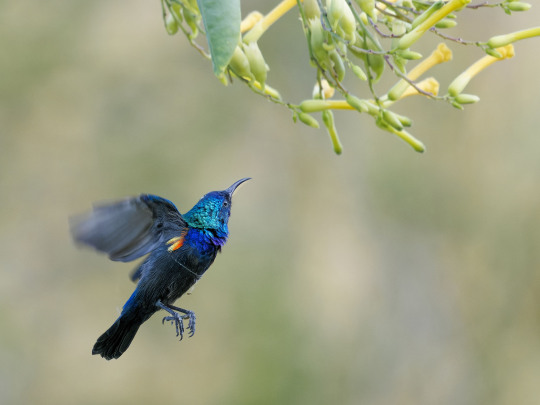

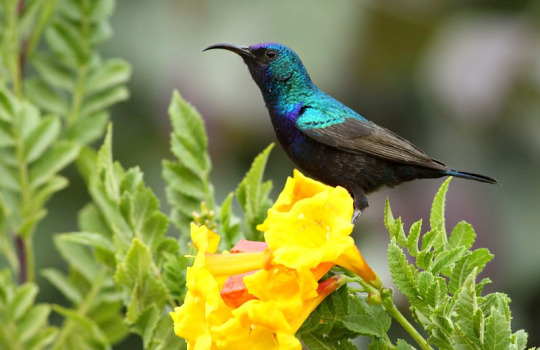
The Palestine Sunbird Persists
The Palestine sunbird, also known as the orange-tufted sunbird (Cinnyris osea) is the national bird of Palestine, and often seen as a symbol of resistance and hope. This species occurs in dry climates, particularly desert, scrubland, and savannahs, but can also be found in orchards and gardens where flowers are abundant. In addition to the Levant, C. osea occurs throughout the southwest cost of Saudia Arabia and the coasts of Yemen and Oman in the south.
C. osea is a small bird, 8 to 12 cm (3.1-4.7 in) long with a wingspan of only 14 to 16 cm (5.5-6.2 in). Males weigh on average 7.6 g (0.26 oz) and females are slightly smaller, at about 6.8 g (0.24 oz). Males are quite easy to identify due to their striking plumage; their feathers are iridescent, appearing dark until they shimmer glossy blue or green, with orange tufts at the side of the breast. In contrast females are fairly drab; grey-brown with a lighter underside. The beaks of the Palestine sunbird are also noted for their distinctively long and curved, which they have developed to efficiently feed on nectar.
Although not directly part of the hummingbird family, the Palestine sunbird shares many similarities with the group. Its diet consists of nectar, and is supplemented with insects. Their tongues are long, and brush-like, and the shape of their beak allows them to reach down to the base of the flower. For flowers that are , they will use their sharp beaks to pierce the side and access the nectar directly. All this is done at very high speeds, but unlike hummingbirds the Palestine sunbird cannot hover in place, and must land in order to feed. Because of their primary reliance on nectar, the orange-tufted sunbird is an important pollinator in its native region. Adults are rarely predated upon, but eggs and young are often targets for lizards, snakes, and birds of prey.
Reproduction begins in June, and continues through October. Males establish and defend territories, and court females by singing to attract a potential mate, then chasing her until she perches to signal her acceptance. Following the pairing, the two construct a purse-like nest, sometimes with a porch-like structure, that hangs from a branch. In this nest, 1-2 eggs are laid, and are incubated primarily by the female, while the male provides her food. The eggs take 13 to 14 days to hatch, and chicks are taken care of by both parents for an additional 14 to 21 days. Individuals can live up to 5 years in the wild.
Conservation status: The Palestine sunbird has a large range and population, and is thus considered Least Concern by the IUCN. Its primary threat is habitat loss due to agriculture and urban development.
If you send me proof that you’ve made a donation to UNRWA or another organization benefiting Palestinians, I’ll make art of any animal of your choosing.
Remember, the donation can be in any amount– every dollar counts!
Photos
Jorrit Vlot
Dula Alhashimi
Rana Hijawi
#Palestine sunbird#Passeriformes#Nectariniidae#sunbirds#perching birds#birds#deserts#desert birds#scrubland#scrubland birds#savannah#savannah birds#urban fauna#urban birds#middle east#animal facts#biology#zoology#ecology#free palestine
826 notes
·
View notes
Text
He loooks better than what he is fixing. If I am honest 🥰😚
Castella cake
“Who comes first ? Normally the guy !!”
🤣🤣🤣
#b dylan hollis#chef#gay chef#scrumptious#deserts#recipes#he loves it#castella cake#food porn#innuendos alert ‼️#he makes me smile#everyday#and I am so thankful for that
1K notes
·
View notes
Text



Circular Light Paintings Nestle into Craggy Grooves and Valleys in Reuben Wu’s Unearthly Photos
2K notes
·
View notes
Photo
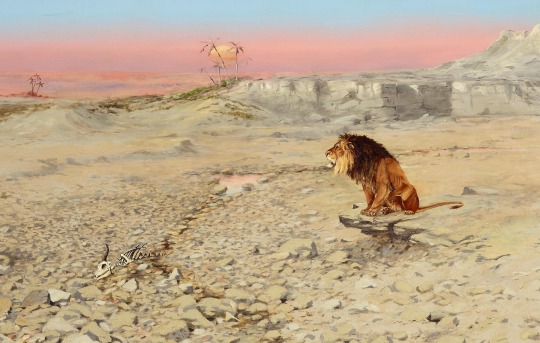
An African lion in the desert - Olaf Carl Seltzer - 1902 - via Bonhams
486 notes
·
View notes
Text
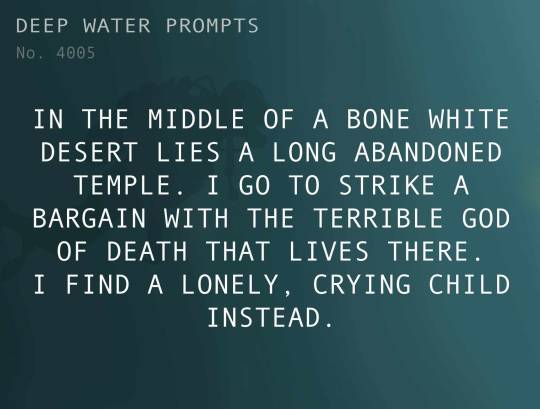
Text: In the middle of a bone white desert lies a long abandoned temple. I go to strike a bargain with the terrible god of death that lives there. I find a lonely, crying child instead.
689 notes
·
View notes
Text
A library outranks any other one thing a community can do to benefit its people. It is a never failing spring in the desert.
-Andrew Carnegie
436 notes
·
View notes
Photo

European Countries With/Without "Deserts".
Although deserts are characterized by harsh climates, they are also important. Deserts are important sources of sand for construction, and significant amounts of oil can also be found underneath many deserts, especially in Asia. Deserts are also habitats for several species of plants and animals. Interestingly, ancient civilizations, such as Egypt and Israel, began in the desert Although Europe has no major deserts, some countries such as Italy, Poland, Serbia, Greece, and Spain have semi-arid areas.
by very_useful_maps
303 notes
·
View notes
Text


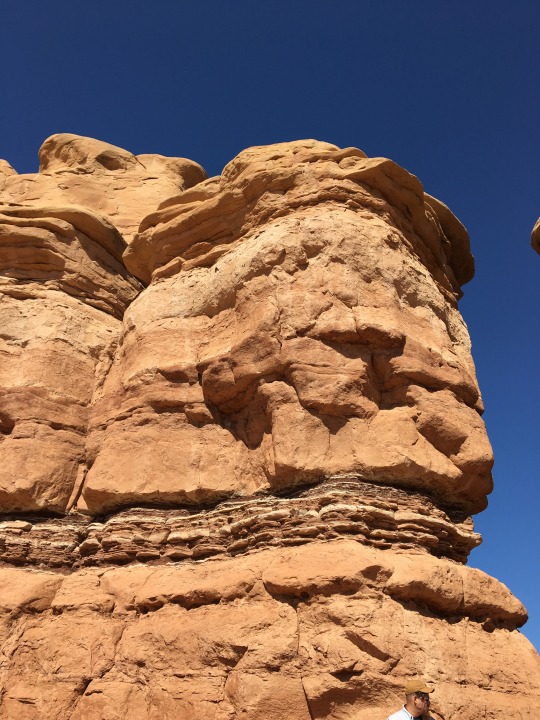
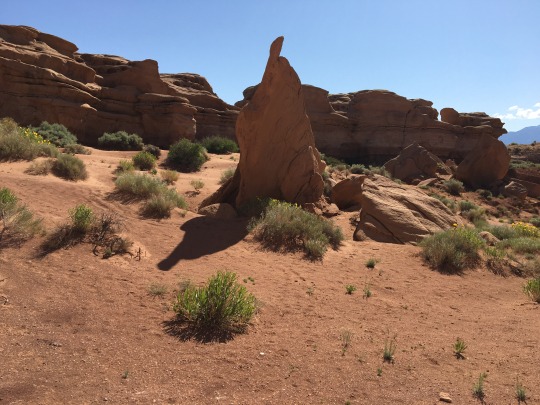
The Entrada Formation records a history of tidal mudflats and sand dunes 180-140 million years ago in Capitol Reef National Park, UT.
June 2023
#rocks#geology#sandstone#utah#deserts#nature#landscape#photography#landscape photography#nature photography#original photography#photographers on tumblr#lensblr#my pics
116 notes
·
View notes
Photo
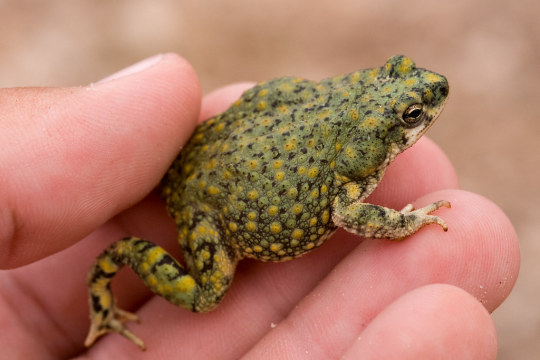
North American Green Toad, Anaxyrus debilis, Luna County, New Mexico, USA
photograph by Patrick Alexander | Flickr PD
502 notes
·
View notes
Photo

~ Desert Tones ~
2K notes
·
View notes
Text
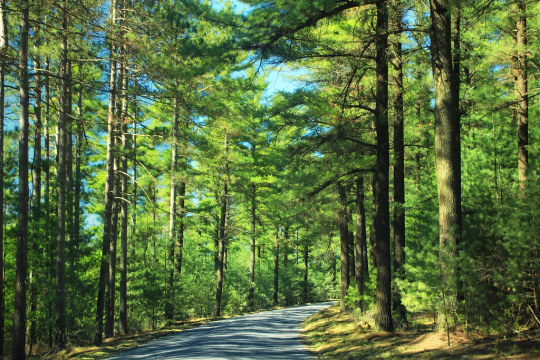
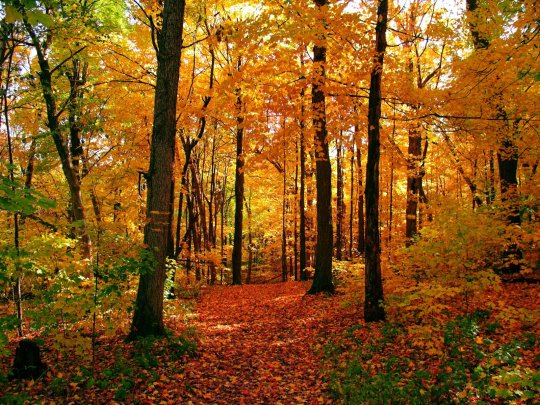
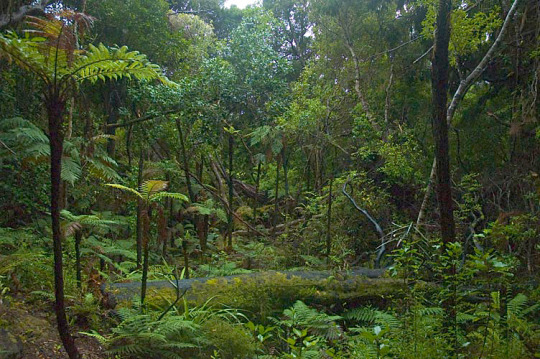



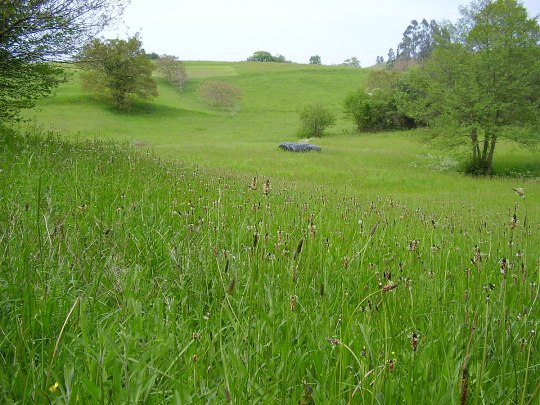
Hey, I'm heavily interested in the kinds of environments people generally experience and care about, and I'll be making a few polls like this with slightly differently phrased questions. I am coming at this from a mostly American perspective to narrow things down and also because I feel like a lot of my followers are probably American, so keep that in mind.
As always, please reblog for a larger sample size. I greatly appreciate any participation!
639 notes
·
View notes
Text
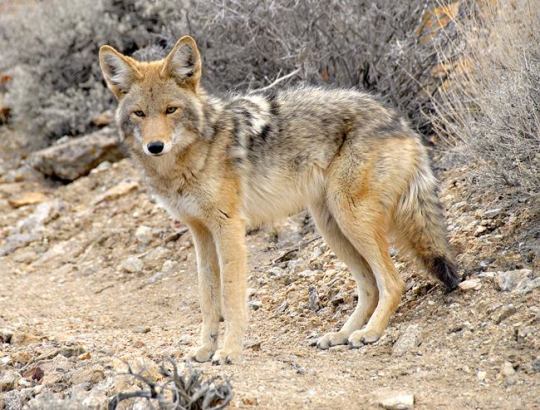
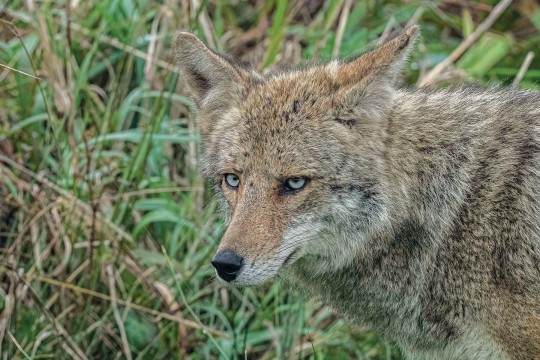

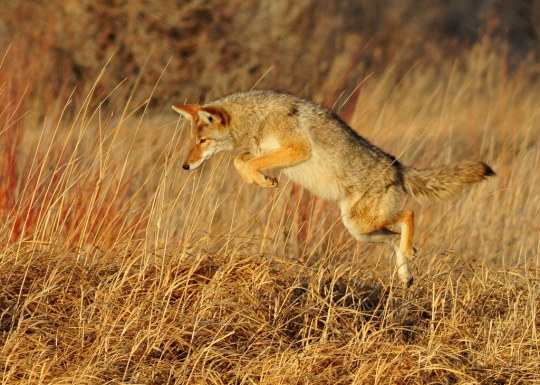
Close Up with Coyotes
Often confused with wolves, foxes, or even stray dogs, the coyote (Canis latrans) is a species of canid found only in Central and North America, from Panama to central Canada. Historically, the coyote mainly occupied grasslands, scrubland, and deserts; however, in the past few centuries the species has expanded its range to include deciduous and evergreen forests, mountains, swamps, and even cities. Generally individuals and groups keep to one home territory, but they will move when resources become lacking.
Among the canines, coyotes are rather small, weighing only 8 to 20 kg (18 to 44 lb), and males tend to be larger than females. Generally coyotes sport a light gray, red, or brownish coat with a lighter underside; however, regional populations may differ wildly. This species may be identified from other canids by its large pointed ears, whitish facial markings, and narrow snout.
Though C. latrans does occasionally form packs, it is more likely to hunt individually or in small family groups. Nonfamily packs, usually made of bachelors, are rare. In addition, coyotes have been known to form mutualistic hunting relationships with other species like badgers. It is primarily carnivorous, hunting mainly at dawn and dusk for rabbits and hares, squirrels, mice, lizards, and occasionally larger targets such as deer or pronghorn. This species will also readily consume carrion, as well as produce and human food waste, making it highly adaptable to urban areas. Traditionally, the species has been limited via both competition and direct predation by wolves and cougars; in its expanded range, coyotes may also be predated upon by bears, alligators, lynx, and golden eagles.
Though reproduction typically takes place in the spring, from January to March, temporary pair bonds may form as early as November. Mates prepare dens, which may be dug out or selected from tree hollows or pre-existing burrows, and establishes a territory up to 19 square km (11 square miles). During this time, daughters from a females previous litter, or her sisters, may join the group. Pregnancy typically lasts just over 60 days, during which time the male and any assisting females do most of the hunting. Litters average 6 pups, and weaning takes about a month. During this time, the male continues to provide for the mother and pups, but will abandon the den if the mother goes missing. By the age of four or five weeks the pups develop a hierarchy through play-fighting. After about 6 months, the male pups will leave, while females will typically stay with their mothers until at least the next mating season, at which time they reach sexual maturity. In the wild, individuals may live as long as 10 years.
Conservation status: Due to its large range and adaptability to human habitats, the C. latrans is considered Least Concern by the IUCN. In urban areas, coyotes are regularly hunted as a nuisance species due to their predation on free-roaming pets and, occasionally, livestock.
In traditional Indigenous American stories, the coyote was seen as a trickster or anti-hero (here is an interesting paper about the 'Coyote' character in traditional stories versus western interpretations). The European colonization of North America and the eradication of large predators like wolves and cougars has allowed coyotes to spread far beyond their original geographic range and become a 'nuisance species' in urban areas.
If you like what I do, consider leaving a tip or buying me a ko-fi!
Photos
Neil Nurmi
Carlos Porrata
Natrice Miller
Tom Koerner
#coyote#Carnivora#Canidae#canines#canids#carnivores#mammals#generalist fauna#generalist mammals#grasslands#grassland mammals#scrubland#scrubland mammals#deserts#desert mammals#north america
169 notes
·
View notes
Text
Strawberry fluffies
These are amazing. I have had them.
#b dylan hollis#chef#gay chef#king of chefs#he made me laugh again#I love him#❤️keepersofmyheart❤️#LGB#gay#funny#tiktoks#buy his book#recipes#strawberry#strawberry fluffies#deserts#food porn#cooking shows
907 notes
·
View notes
Text

theodorflorin - Layers of wind blown sand dunes in Namibia
#deserts#sand#landscapes#nature#wilderness#namibia#africa#photos#photography#theodorflorin#landscapes & nature
66 notes
·
View notes